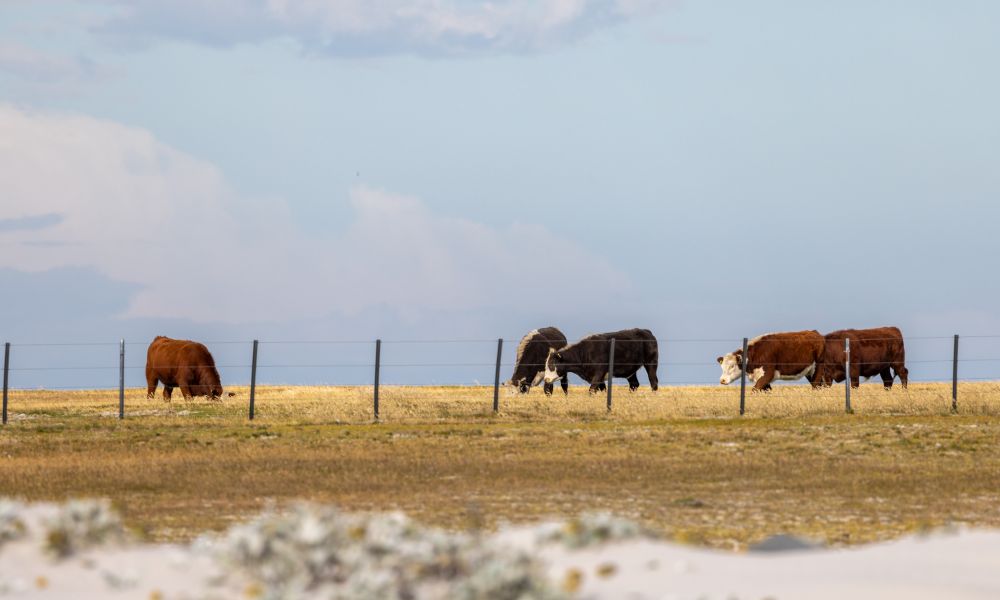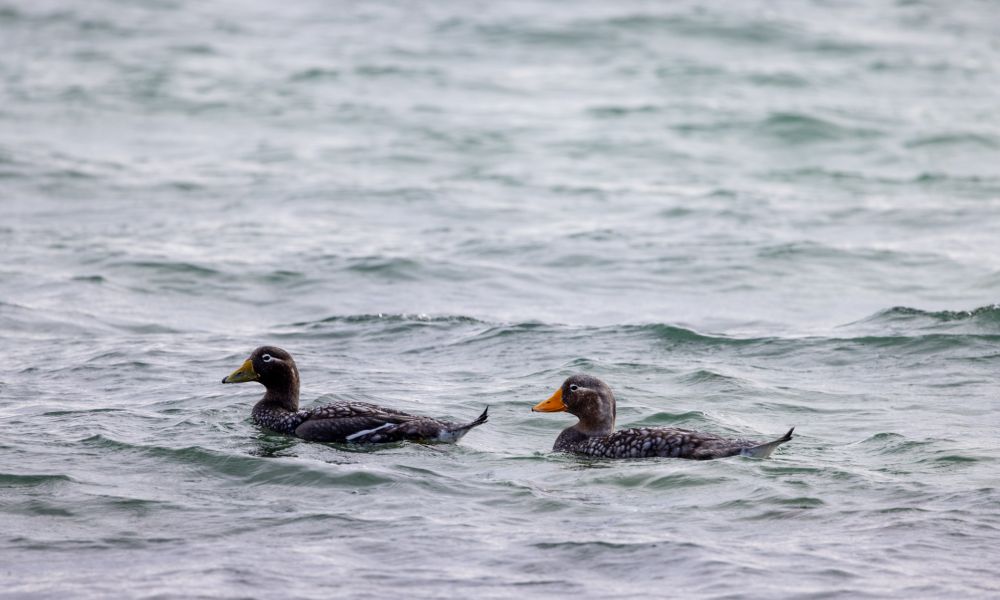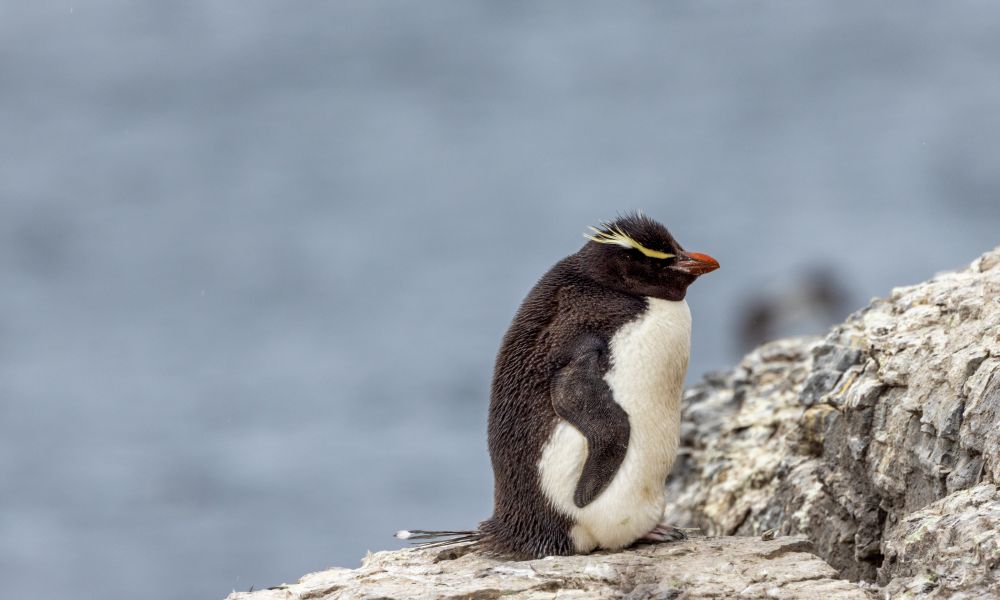Exciting changes are on the way!
As part of our merger with Polar Latitudes, we’re refreshing key elements of our website to reflect this new chapter. Discover more in our latest news update.
The Falkland Islands comprise 778 islands, with a total area of 12,000 km² - around a quarter the size of Ireland.
The majority of residents live in Stanley, and most islands are uninhabited. The islands geology is dominated by hard units of sandtone, which give the islands their rugged hilly topography. Geologically, the Falkland Islands have more in common with South Africa than South America. The Islands become decoupled from Africa during the opening of the Atlantic Ocean around 130 million years ago.
No native terrestrial mammals remain on the islands, and the terrestrial fauna is dominated by geese and smaller perching birds. However, the cold nutrient rich waters which flow towards the islands from Antarctica nourish an incredibly rich marine environment. The maze of islands, channels and inlets of the islands provide ideal habitat for a huge variety of marine mammals and birds.
Fourteen species of marine mammals are common around the Falkland Islands, including South American sea lions, southern elephant seals, orcas, Commerson's dolphins, Peale's dolphins, blue whales and humpback whales. Even more marine mammals are regular visitors, including leopard seals and sperm whales. The Falkland Islands host some of the largest variety of seabirds on Earth - five species of penguins (Gentoo, King, Magellanic, Macaroni and Southern Rockhopper) breed on the islands, as well as 80% of the world's Black-Browed Albatross.
Facts about Nature and Wildlife of the Falkland Islands
- Antarctica
- Falkland Islands






